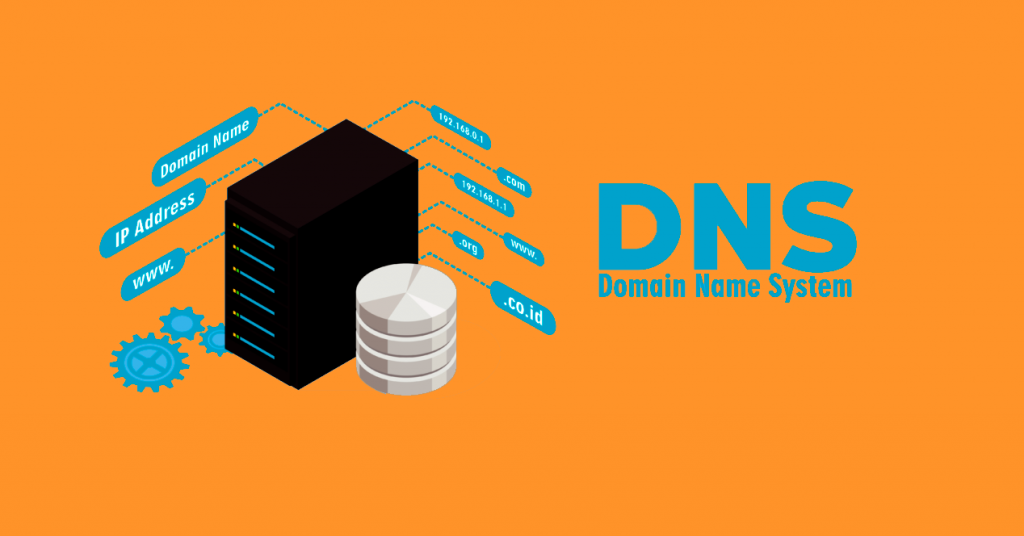In the past, access to system information on a network was only possible through IPs. In a network, communication between clients and servers is established by IP addresses. Of course, remembering the IPs associated with each site or system on the network is not easy. Instead, it’s easier to remember a name for each IP. Therefore, they assigned a specific name to the IP of each site or system. For this purpose, a protocol called DNS, or Domain Name System, was developed. This protocol is used to translate the names of host systems or their domains into IPs. In the following, we will become more familiar with this protocol.
What is DNS?
DNS is one of the most widely used protocols on the Internet, and it was introduced in 1984. As mentioned, in order to simplify the process of accessing the information of each site, a domain name (Domain Name) was considered for each of them. Every website on the Internet has its own unique domain and is known through it.
Of course, in a network, communication between clients and servers is established via IP. Therefore, DNSs were used to convert domain names to IP addresses. DNS is a distributed database in which the domain names and IP addresses of sites are stored. DNS works like a phonebook. Phonebooks list each person’s name and phone number. In DNSs, domain names are the names of people in the phonebook, and phone numbers are the IPs of sites. If this protocol is not used on the Internet to translate domains, they will have to log in to their different IP sites each time.
How does DNS work?
You may be wondering how DNS organizes and identifies domains. The structure of this protocol is designed in such a way that it is not necessary to be aware of all registered domains. In simpler terms, this protocol does not necessarily maintain the domain but processes and ultimately identifies them. To this end, website domains follow a hierarchical structure. In this protocol, the domain of sites is examined step by step from right to left and finally identified. The structure of each domain consists of 5 main parts, which are:
- Root Domain
- Top Level
- Domain Second
- Level Domain
- Subdomain Host Name
Top-Level Domains are divided into seven general categories and more than 100 country and regional domains. Of course, many domains have been defined on the Internet so far. These domains are used at the end of each address, and the type and nature of the user site are indicated. DNSs identify the search area based on these domains to find the equivalent IP. General domains that are three letters are:
- com. Sites that use this domain are identified as economic and commercial entities.
- edu. The owners of this domain are considered to be scientific or academic institutions.
- gov. This set of domains is reserved for US government agencies.
- int. The owner of this domain is one of the international organizations (such as UNESCO, FAO, …).
- mil. This domain is used for military organizations around the world.
- net. Sites that use this domain are considered one of the network service providers.
- org. The owner of this domain is one of the non-profit organizations.
FAQ
What is DNS and how does it work?
DNS (Domain Name System) converts domain names like “www.example.com”
What are the main types of DNS servers involved in name resolution?
Key types include: – Recursive resolvers that receive queries from users’ devices. – Root nameservers, which are at the top of the DNS hierarchy. – TLD (Top-Level Domain) nameservers (e.g., for “.com”, “.net”). – Authoritative nameservers, which hold the definitive DNS records for a domain.
Why is DNS important for websites and internet connectivity?
Because without DNS you’d have to remember numeric IP addresses for every website you wanted to visit. DNS makes navigation manageable and enables scalable, distributed internet infrastructure.

